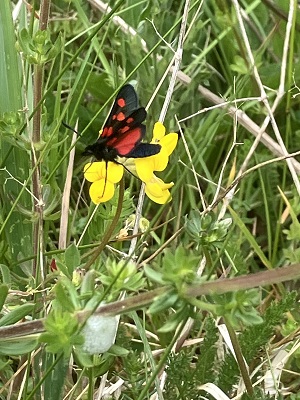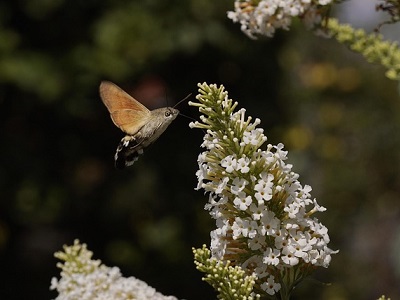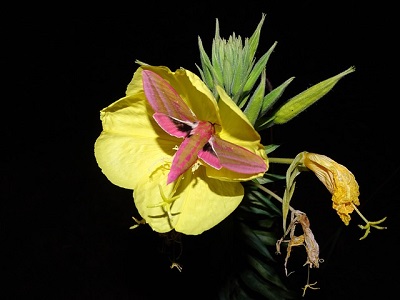Living Planet
Nature · Earth · ClimateNature Notes: July 2025
MEADMONATH! ('MEADOW-MONTH' IN ANGLO-SAXON)
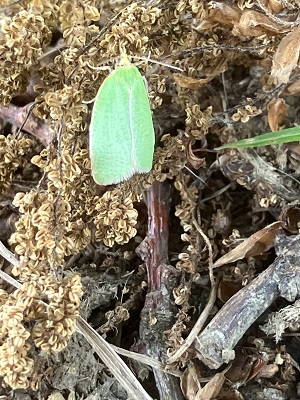
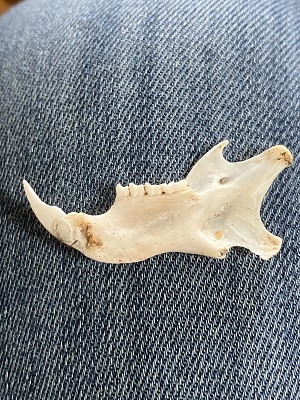
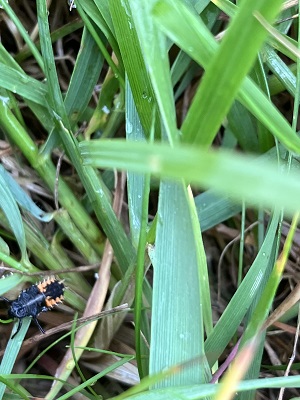
Highlights of June: busy life at my feet - a 'neon' glowing Green Oak Roller Tortrix moth feeding on dried fallen oak tree flowers; an adder sunning itself on top of an ant hill; the jaw bone of a wood mouse from a barn owl pellet; at least a dozen tiny snails having a race across Crosby farm drive after the sprinkle of June's first rains; a male Goosander on the Arun near Dedisham; ladybird larvae - a 7 Spot on the ear of a meadow grass near Theale and 2 Spot Harlequin on shorter grass; marbled whites on Midsummers Day; a very long 'snake' centipede.
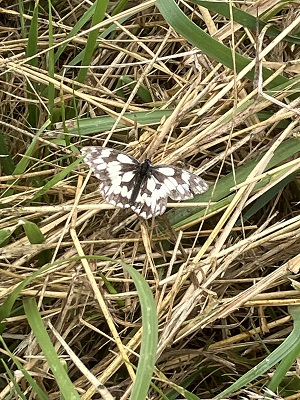

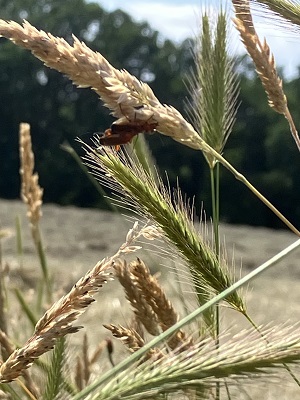
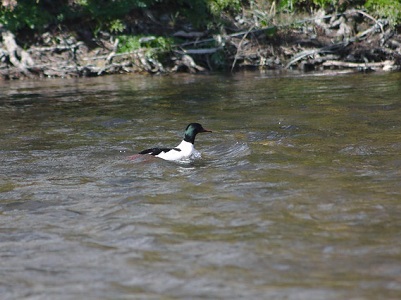
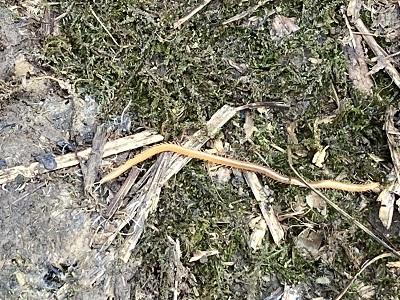
Lowlights: unseasonal 'autumnal' early morning mists at the start, with cobwebs and fungi; unseasonably high temperatures - some rain, but rivers and ground still dry; a dead buff-tipped moth - less like a twig with its wings open; finding several shrew dead on footpaths; a report from the Woodland Trust urging immediate action on the 'plummeting' condition of UK's woodlands (woodland butterflies have declined by 47%, dormice by 70%, birds by 37% & a variety of plants by 22%).
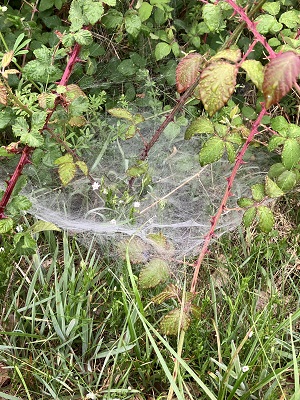
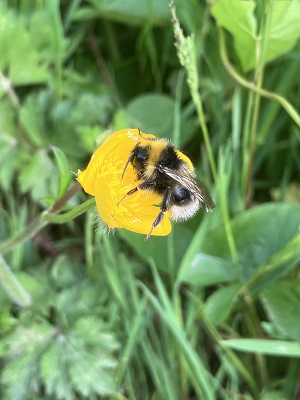
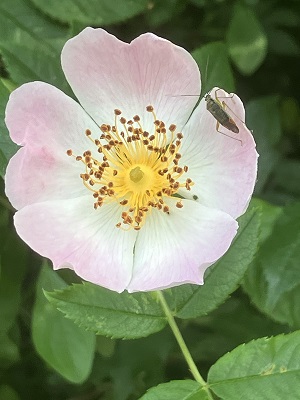
Key messages: Let's leave deadwood and respect our veteran trees which are most ecologically beneficial and provide irreplaceable habitats. Keep all garden, village and woodland tree cutting to a minimum with sensitive management to make them more resilient to invasive pests and the threats of climate change.

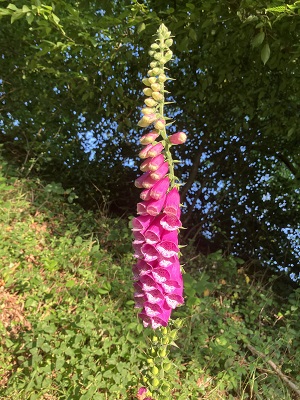
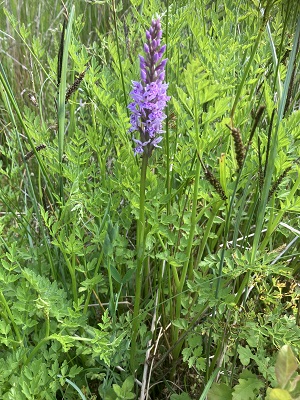
What to see in July: newly emerged adult meadow spittlebugs (froghoppers) jumping on grasses and low-lying plants; adult glow-worms on verges at night; humming-bird hawkmoths on honeysuckle and buddleia; stoat kits exploring; day-flying moths e.g. scarlet tiger moth; flying ants; emerging newts.
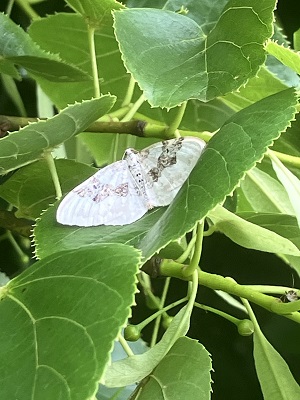
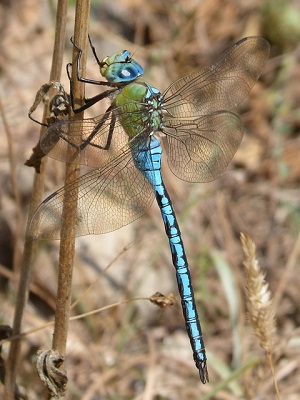
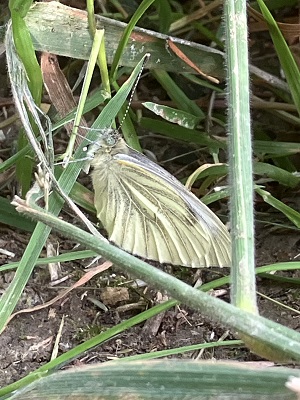
What you are more likely to see/hear: more shimmering dragonflies; meadows bursting with mini-beasts in the last days of hay-making; fox cubs foraging; swallows swooping for insects for their second broods; butterflies - meadow browns in grassland, gatekeepers along hedgerows and ringlets in adjacent woodland; brighter painted ladies and green veined whites in gardens; meadowsweet; beetles on bindweed; bees on bramble flowers; cinnabar moth caterpillars on ragwort; bats in the evenings.

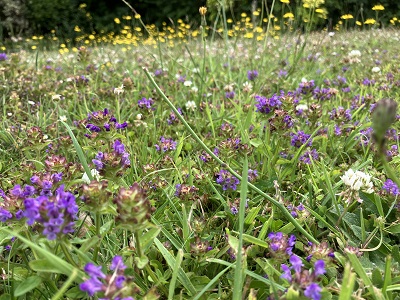
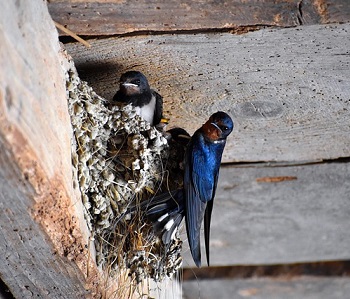
What you can do this month:
- Immerse yourself in nature activities: National Meadows Day on 5th July 2025; British Dragonfly Society's annual Dragonfly Week (5-13th July 2025) and the Big Butterfly Count running from 18th July - 10th August 2025).
- Entice winged species into your garden at dusk, by planting flowers that attract bees and butterflies during the day and also release their scent in the evening (e.g. jasmine, evening primrose and honeysuckle). They will captivate nocturnal pollinators such as moths and also swooping Bats attempting to feed upon them.
